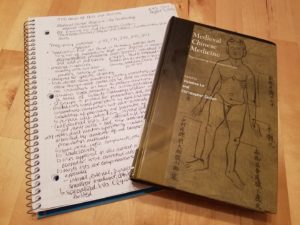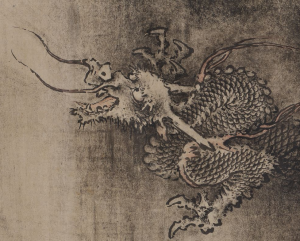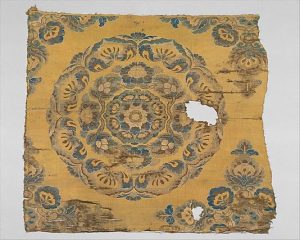The Maishu and the Yinshu
[More 100 Days of Arts and Sciences, featuring “Manuscripts as sources in the history of Chinese Medicine,” by Unschuld and Zheng, in Medieval Chinese Medicine.] Two medical manuscripts dating from the Han Dynasty were found in Zhangjiashan grave number 247, in Jiangling, Hubei province, i, n 1983. These are the Maishu (脈書, Book of the Mai …



